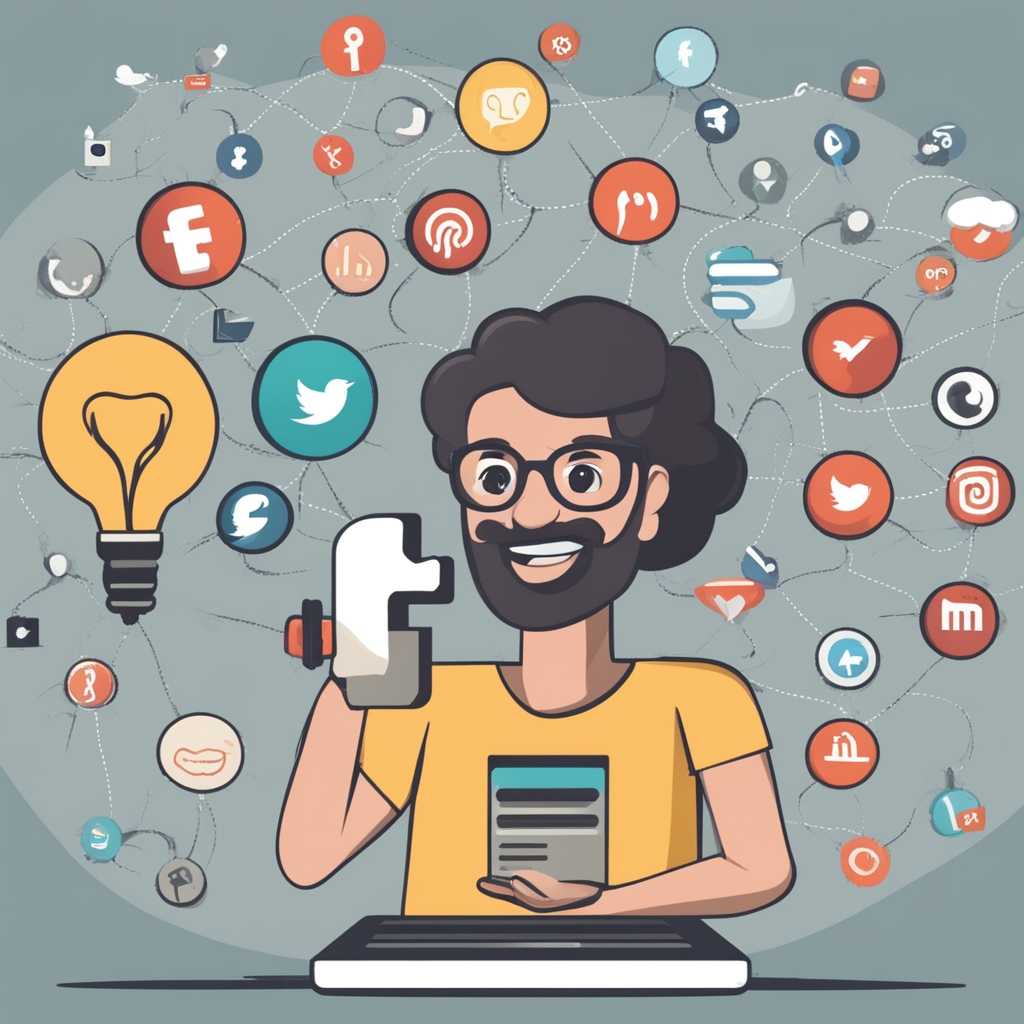Social media has become an integral part of daily life. Whether it’s a catchy dance challenge, a relatable meme, or a controversial statement, certain trends spread like wildfire across platforms. But what exactly makes some content go viral while others barely gain traction? The answer lies in psychology. Understanding the psychological triggers behind viral trends can help content creators, marketers, and businesses harness the power of social media effectively.
The Psychological Principles of Virality
1. Emotional Triggers
Emotions play a significant role in how people engage with content. Studies suggest that emotionally charged content—whether positive or negative—is more likely to be shared. The most viral emotions include:
- Awe and Inspiration – Content that amazes or motivates people (e.g., an incredible talent performance or a heartwarming success story).
- Humor – Funny memes and jokes trigger laughter, which people love to share.
- Fear and Anxiety – Shocking news or warnings about dangers prompt immediate reactions.
- Anger and Controversy – Content that sparks debates or strong opinions tends to spread quickly.
2. Social Proof and Bandwagon Effect
People tend to follow the crowd, a psychological concept known as social proof. When a trend gains traction and many people engage with it, others are more likely to join in. The bandwagon effect reinforces this behavior, making trends grow exponentially.
3. Relatability and Identity Expression
Viral content often resonates with people on a personal level. If a post aligns with someone’s beliefs, lifestyle, or experiences, they are more likely to share it. Trends that allow people to express their identity—such as challenges, memes, or hashtags—often gain widespread popularity.
4. The Power of Storytelling
Human brains are wired for stories. Compelling narratives create emotional connections, making people more likely to engage and share. Many viral trends follow a storytelling structure that captures attention and builds anticipation.
5. Surprise and Novelty Factor
People love surprises and new experiences. Content that is unexpected, bizarre, or unique has a higher chance of going viral because it captures curiosity and breaks the monotony of everyday social media scrolling.
6. Fear of Missing Out (FOMO)
FOMO is a powerful psychological driver that compels people to engage with viral trends to feel included. If everyone is participating in a challenge or discussing a trending topic, users want to be part of the movement to stay relevant and connected.
7. Short, Engaging, and Repetitive Content
With shrinking attention spans, short-form content like TikTok videos and Instagram Reels have a higher likelihood of going viral. Additionally, repetitive elements (e.g., catchy songs, dances, or slogans) reinforce memory retention and make trends more recognizable and shareable.
The Role of Algorithms in Viral Trends
While psychology plays a fundamental role, social media algorithms amplify virality by prioritizing engaging content. Platforms like TikTok, Instagram, and Twitter use AI-driven algorithms to boost content with high engagement (likes, comments, shares, and watch time), making it visible to a broader audience. This creates a cycle where popular content gains even more exposure.
How Brands Can Leverage Viral Psychology
Businesses and content creators can apply these psychological principles to craft viral-worthy campaigns:
- Evoke Strong Emotions – Create content that sparks laughter, amazement, or deep connections.
- Encourage Participation – Design challenges, polls, and user-generated content campaigns.
- Leverage Social Proof – Showcase testimonials, influencer endorsements, and real-world engagement.
- Tell a Story – Use narratives to make products or messages more memorable.
- Utilize Trends Quickly – Timing is crucial; jumping on viral trends early maximizes impact.
- Optimize for Platform Algorithms – Ensure content is visually appealing, short, and encourages interaction.
Viral social media trends are not just random occurrences; they are deeply rooted in psychology. By understanding emotional triggers, social behaviors, and digital algorithms, individuals and businesses can strategically create content that resonates with audiences and maximizes engagement. Whether you’re a marketer, influencer, or social media enthusiast, tapping into these psychological principles can give you an edge in today’s fast-paced digital landscape.
